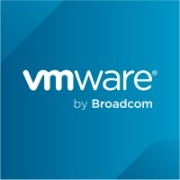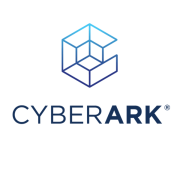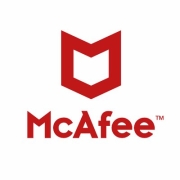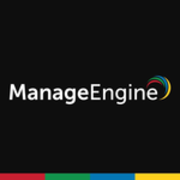Application Control solutions offer enhanced security through granular management of application execution, helping organizations protect against unauthorized software and potential security threats.
Implementation of Application Control is crucial for securing IT environments. These solutions enable precise control over which applications are allowed to execute, reducing the risk of malware infiltrations. By leveraging user insights, organizations can tailor policies that meet their specific security and operational requirements. Many users find that successful deployment requires a balance between strict security measures and maintaining user productivity.
What features should you look for in Application Control solutions?Application Control is implemented across numerous industries, including finance and healthcare, where security is paramount. These sectors benefit from strict software access protocols to protect sensitive data and support compliance with strict regulations.
Application Control offers organizations a critical layer in their cybersecurity strategy, safeguarding digital resources from unauthorized access and ensuring system integrity.
| Product | Market Share (%) |
|---|---|
| ThreatLocker Zero Trust Endpoint Protection Platform | 22.7% |
| Ivanti Application Control | 14.8% |
| VMware Carbon Black App Control | 14.4% |
| Other | 48.1% |




















Application Control enhances security by allowing you to manage which applications can run on your network and systems. You can permit only trusted applications and block unauthorized or potentially harmful ones, reducing the attack surface for malware and unauthorized software. This proactive approach helps in preventing data breaches and maintaining compliance with security standards.
What are the key features to look for in an Application Control solution?When evaluating Application Control solutions, look for features such as comprehensive application whitelisting, real-time monitoring, detailed logging and reporting, ease of integration with existing IT systems, and centralized management. Advanced solutions may offer AI-driven threat detection and automated updates to address emerging threats effectively. Consider the solution's ability to scale with your organization's growth and its support for multiple operating systems.
Can Application Control help with regulatory compliance?Application Control can significantly aid in achieving regulatory compliance by ensuring that only authorized applications are used within your organization. This control helps in meeting standards such as PCI DSS, HIPAA, and GDPR which require robust measures to protect sensitive data. Application logs can provide auditable trails to demonstrate compliance during audits, thereby reducing the risk of non-compliance penalties.
Is Application Control effective against zero-day threats?Application Control can be effective against zero-day threats by preventing the execution of unknown and unauthorized applications which could exploit vulnerabilities in your systems. Although it may not directly identify the threat's signature, by restricting which software can run, it limits the ability of zero-day exploits to execute, acting as a part of a layered security strategy.
What are the challenges in implementing Application Control?Implementing Application Control can present challenges such as identifying the full list of approved applications, managing exceptions, and ensuring minimal disruption to users. It requires careful planning to balance security with user productivity. Securing buy-in from stakeholders and continuous monitoring are crucial for successful implementation. The complexity of the organization’s environment may also necessitate significant customization and ongoing maintenance.